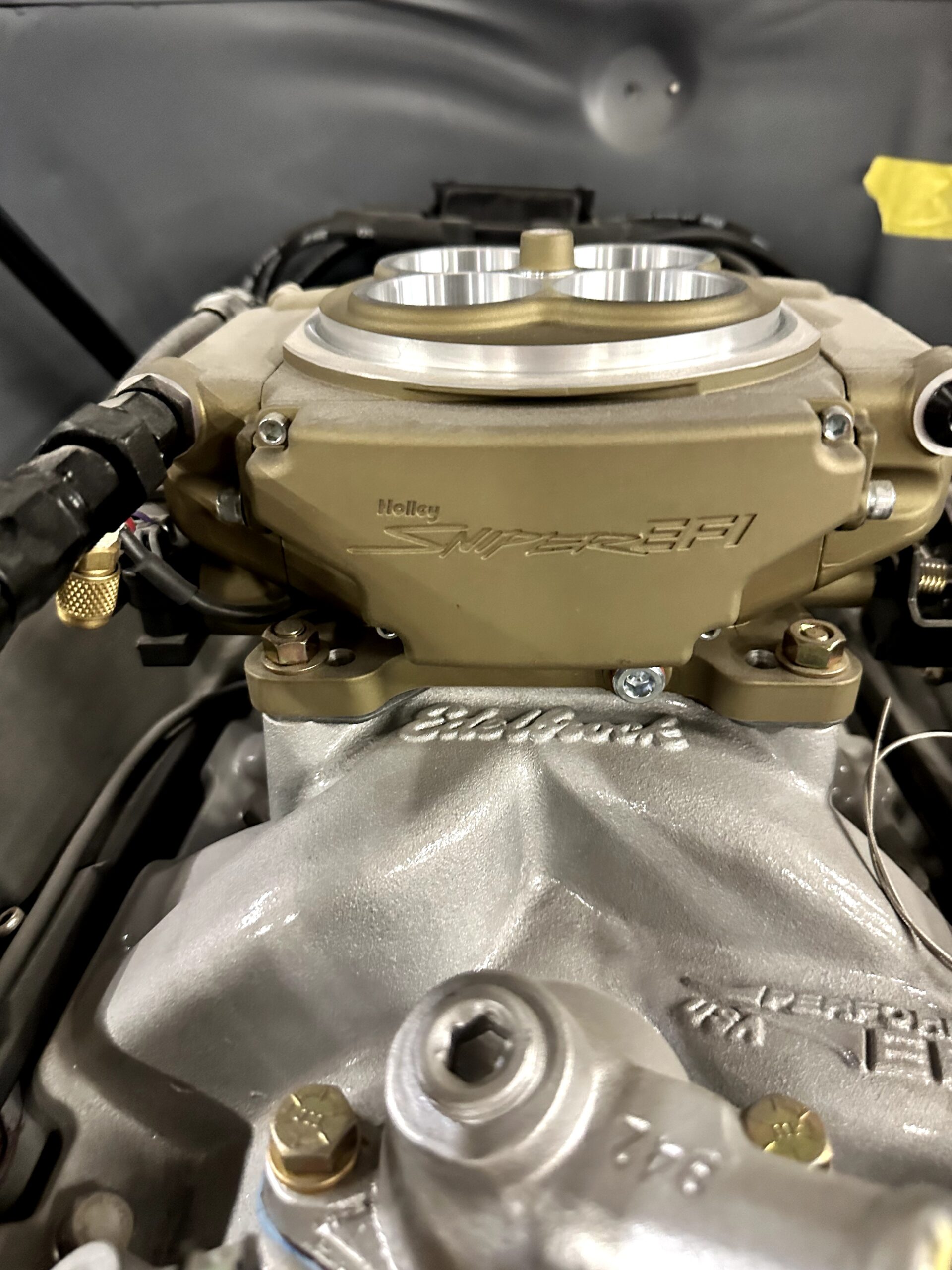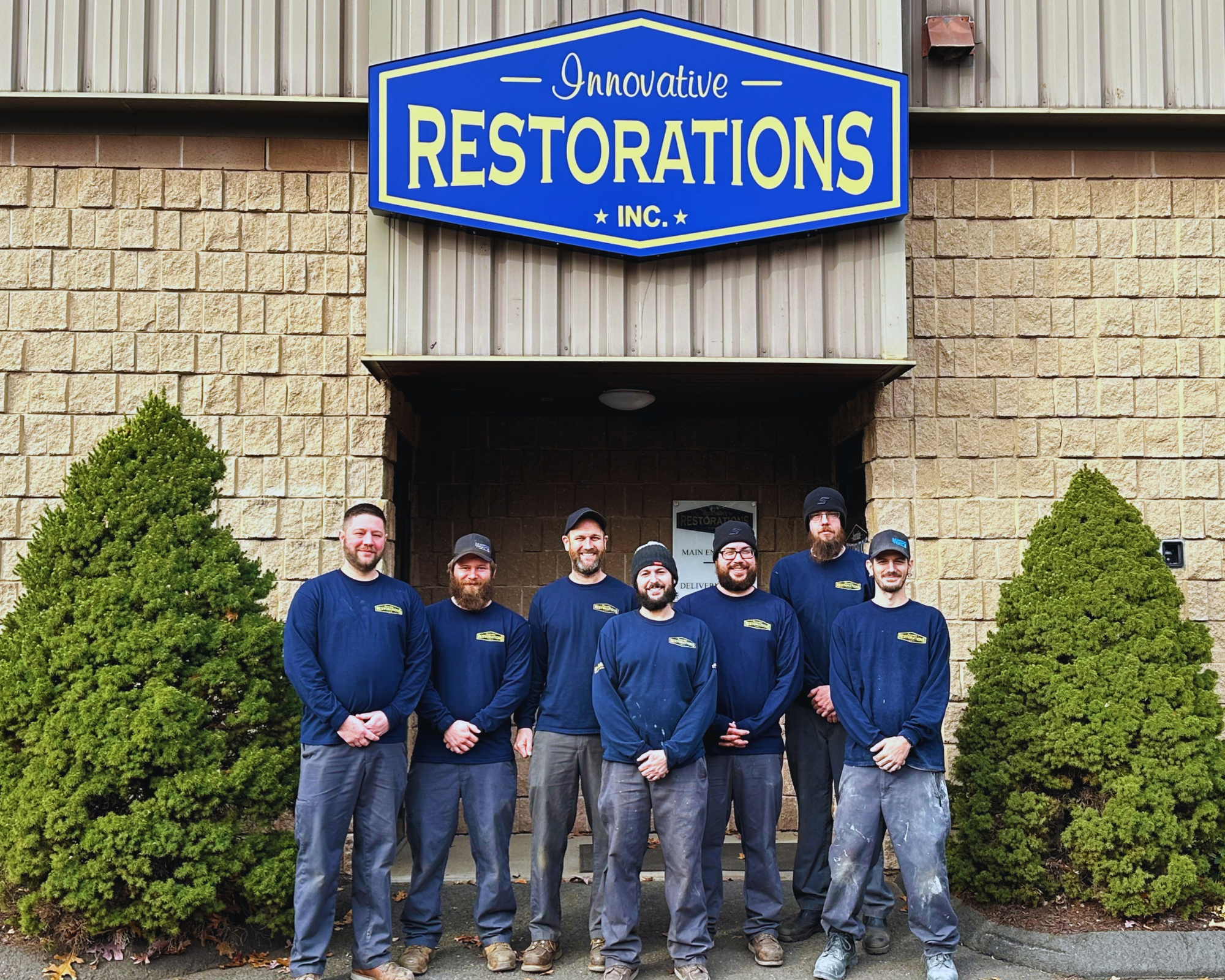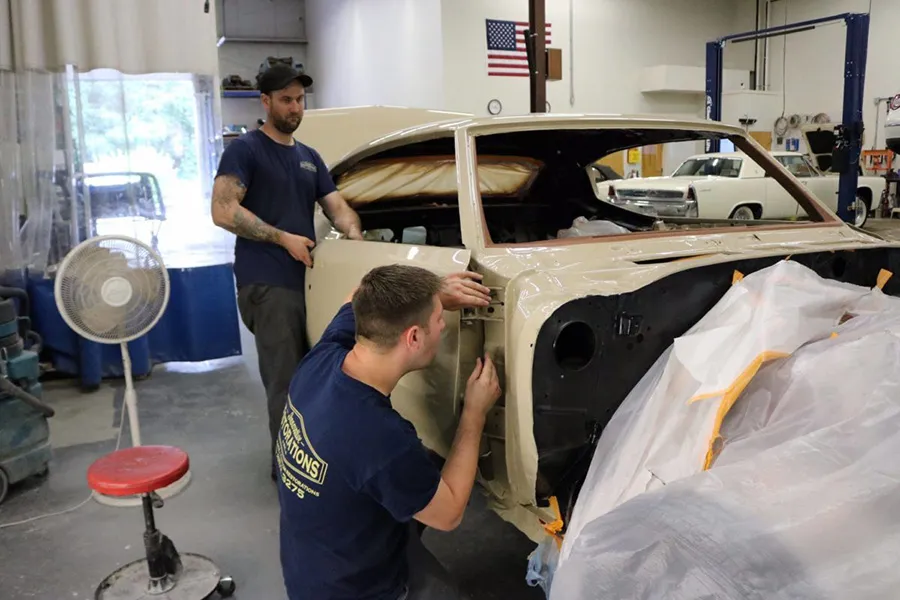Vehicle restoration has grown popular over the years, but people’s motivations vary. For many, restoring classic cars is a hobby. For others, it’s a way to hold onto the past or a means of earning a profit.
Approaches to vehicle restoration have evolved. Nowadays, classic car enthusiasts have different opinions on which techniques to use.
Brief History of Car Restorations
Car enthusiasts began restoring vehicles back in the 1930s, but the practice grew in popularity following World War II, when parts that were needed to restore classic cars were more widely available. Factories that had produced vehicles before the conflict switched to weapon production, then returned to manufacturing vehicles after the war concluded. In some cases, parts that were needed to restore classic cars could be acquired from machines that were used during the war.
The post-war era also saw the emergence of new models that would become classics. The period from the 1950s to the 1960s was known as the “Golden Age” of American cars. During that time, the Mustang, Corvette, and other iconic models were produced. Muscle cars and hot rods also became popular. In Europe, post-war car manufacturers produced fast, high-performance vehicles that later became popular with collectors.
As classic cars became increasingly popular, people who were looking to earn a profit recognized the potential. Wealthy car enthusiasts were willing to pay large sums of money for classic cars that had been restored. Some customers requested modifications that were designed to suit their individual preferences.
Disagreements among Classic Car Enthusiasts
As classic car restoration grew in popularity, enthusiasts began to approach the practice in different ways. Some believed that classic cars should only be restored using original parts, while others preferred to use modern parts. Some restoration specialists used original parts whenever possible but installed modern parts when originals were unavailable.
Others embraced a practice known as resto-modification. They upgraded classic cars with more powerful engines, modern safety features, and amenities such as air conditioning that weren’t available when the vehicles were originally produced. Although the vehicles were changed, they could be returned to their original state.
Some classic car lovers want their vehicles to look as good as they did when they were produced. Others choose to preserve dents and scratches because they believe that decades of wear and tear give older cars character.
Restore a Classic Car to Its Former Glory
Restoring a classic vehicle is a way to hold onto a piece of history and remember a bygone era. Innovative Restorations can make your vehicle look and perform just as it did when it was produced. If you would prefer a resto-modification, we can help you select the right combination of upgrades. Contact us today to get an estimate.




